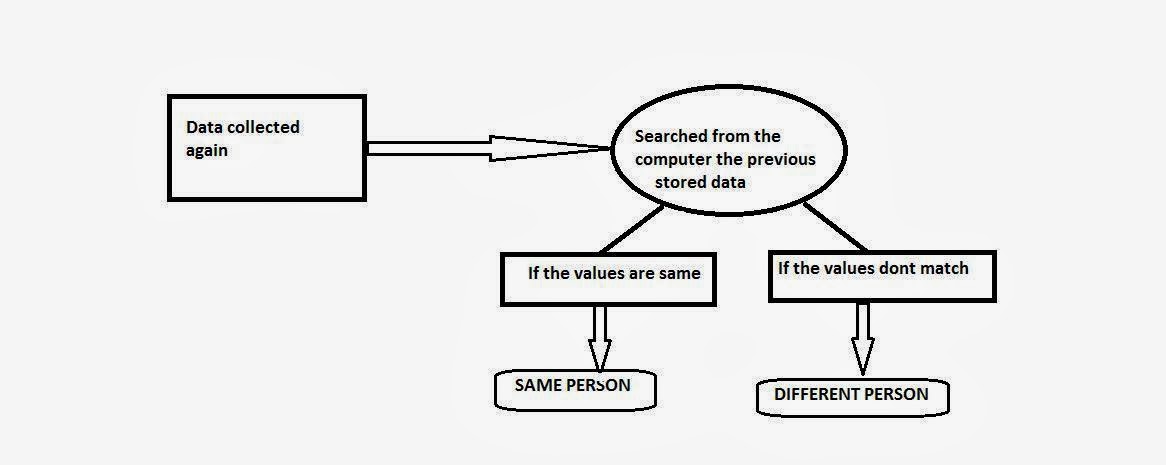The
fingerprint identification technique is also termed as “Dactyloscopy” or “Handprint Identification”.A
fingerprint in its narrow sense is an impression left by the “friction ridges” of the human digits
(hand and foot). However in a wider sense fingerprints can be the impression of
the friction ridges of any part of the human hand or human foot.A
friction ridge is basically the raised portion of the epidermis layer of the
skin. This epidermis layer is much more ‘groovy’ or developed at those parts of
the human body that is meant for holding or for gripping, viz. hands and feet.
These ridges or grooves are stimulated by the human nervous system. They
are caused by the underlying interface between the dermal papillae of the
dermis and the inter-papillary pegs of the epidermis.
Since
the epidermal layer of the skin is made from the epidermal cells of the body,
so obviously, the epidermal ridges of an individual is unique and varies from
person to person. These varying epidermal ridges or the grooves are the major
tool that distinguishes an individual from another person in the field of
fingerprint identification technique.
The
impressions of fingerprint are the traditional samples used for going into the
fingerprint analysis. These impressions are left behind on objects due friction
between the epidermal grooves and the surface of the object. The availability
of the fingerprints is well questioned in many cases because they are not
present in many cases. However, the technique involves very complex programming
of matching the images of two fingerprints. There have been several cases when
the fingerprints went missing (say for bomb blast). Besides due continuous use
of the sensing plates, they get corroded and may give faulty results. This
technique is also cost effective.
Compared
to that, the idea of using simple light deflection and measuring the values is
much simpler and reduces the complexity of the programming portion and the
circuit. They can be used for a long time because the sensor module is
resistant to corrosion and heating effects. Also the cost of implementation of
the project is low and simple too.
How our
model works:
Step 1: Data collection (data
is collected for any number of people and is stored in the memory of the
computer)
 The values are obtained just by measuring the
voltages at the sensors and amplifying them to bring them into a reasonable
range. Then they are converted into digital signal so that they can be stored
in the computer. This is the reason for our circuit being so versatile and an
infinite user one. It can store any number of data taken from all the human
beings of the earth. All the data obtained are distinct because they are
related to fingerprint.
The values are obtained just by measuring the
voltages at the sensors and amplifying them to bring them into a reasonable
range. Then they are converted into digital signal so that they can be stored
in the computer. This is the reason for our circuit being so versatile and an
infinite user one. It can store any number of data taken from all the human
beings of the earth. All the data obtained are distinct because they are
related to fingerprint.
Step 2:
While matching
When we want
to find a particular person, the 1st step is followed again to
obtain the values. Now this value (which is obviously unchanged for a
particular person) is searched from the computer database and we can find the
details then.
The programming is very simple and the database
can store a huge number of data. The cost is also low compared to the
traditional technology of matching fingerprint images.










No comments:
Post a Comment